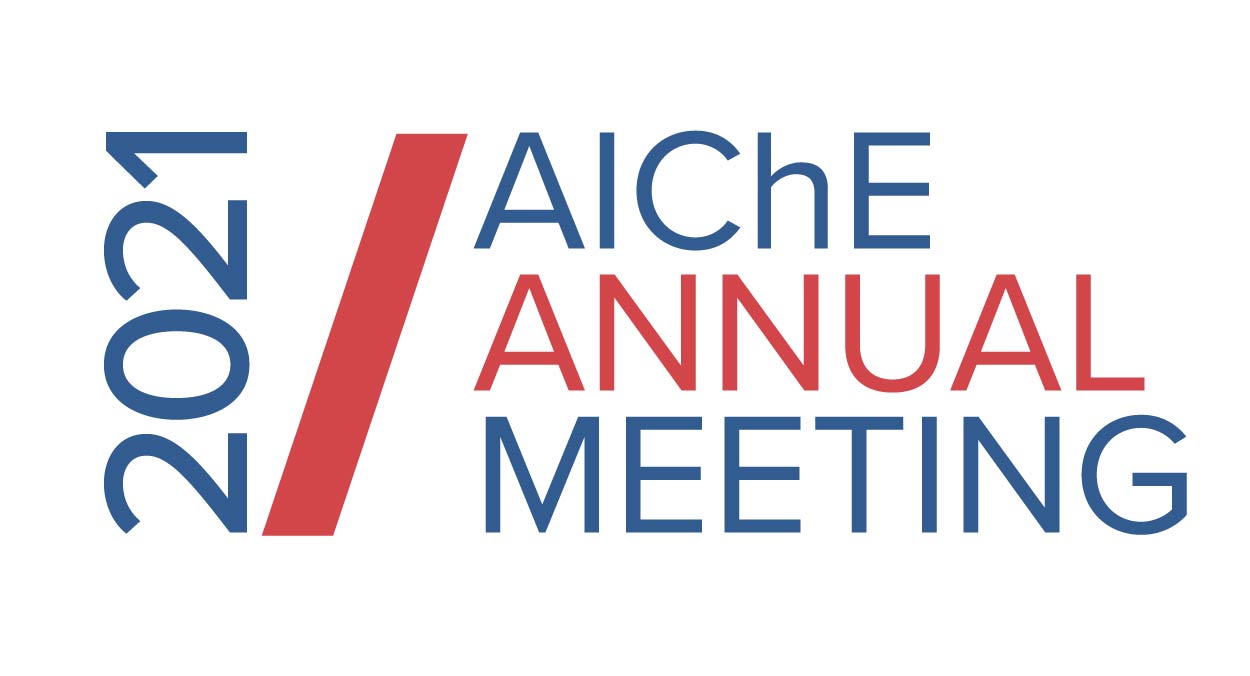One of the major issues of our time is the dual challenge of meeting the increasing demand for low cost, safe, and reliable energy while simultaneously lowering the risk of global warming. There is an ever-growing desire to reach net-zero greenhouse gas emissions by mid-century and limit the global temperature rise to 1.5
oC [1]. In this regard, zero-emission energy carriers are becoming increasingly attractive, especially hydrogen
(H2) with its wide range of uses. Each year approximately 120 million tons of hydrogen are produced globally, of which two-thirds are pure hydrogen and one-third is in a mixture with other gases [1]. The end-uses of hydrogen range from (i) industry (steel, chemical and refineries), (ii) transport (shipping, aviation, automobiles), (iii) heating and (iv) power generation. The demand for hydrogen has increased three-fold over the span of 1975 to 2018 (from 25 to 75 Mt/annum) and is expected to increase significantly in the coming decades. However, on the flip side, the traditional production of hydrogen from Steam Methane Reforming (SMR) is responsible for the generation of 830 million tons of carbon dioxide per year [2] from two sources: (i) the combustion of natural gas to generate steam and provide heat to the process, and (ii) the production of carbon dioxide (CO
2) as a byproduct of the SMR reaction.
This presentation will introduce an alternative process for electrifying the production of hydrogen via SMR while eliminating CO2 emissions. The heart of this process is a novel photocatalytic reactor that uses LED’s to drive the reforming reaction in the presence of a plasmonic nanoparticle photocatalyst. A major benefit over the traditional design is the absence of any greenhouse emissions that originate from the combustion of natural gas; the only energy input required is electricity. As with a traditional process, the product of SMR is an admix of carbon oxides (both CO and CO2) and hydrogen along with leftover reactants. A water gas shift unit provided at the downstream of reformer converts CO to CO2 and hydrogen. An inhouse-designed pressure swing adsorption (PSA) system can produce fuel-cell grade hydrogen as a raffinate. The carbon dioxide from PSA extract can be separated out of the unreacted methane using a metal organic framework matrix (or similar). This CO2 is then further reacted with a split stream of the PSA raffinate (i.e., hydrogen) to produce methanol (a value-added chemical). Leftover methane is recycled back. Such a cascaded operation eliminates CO2 emissions.
References
- Green Hydrogen, A Guide to Policy Making, International Renewable Energy Policy, 2020.
- Hydrogen, Fuel and Technology, IEA, August 2020


